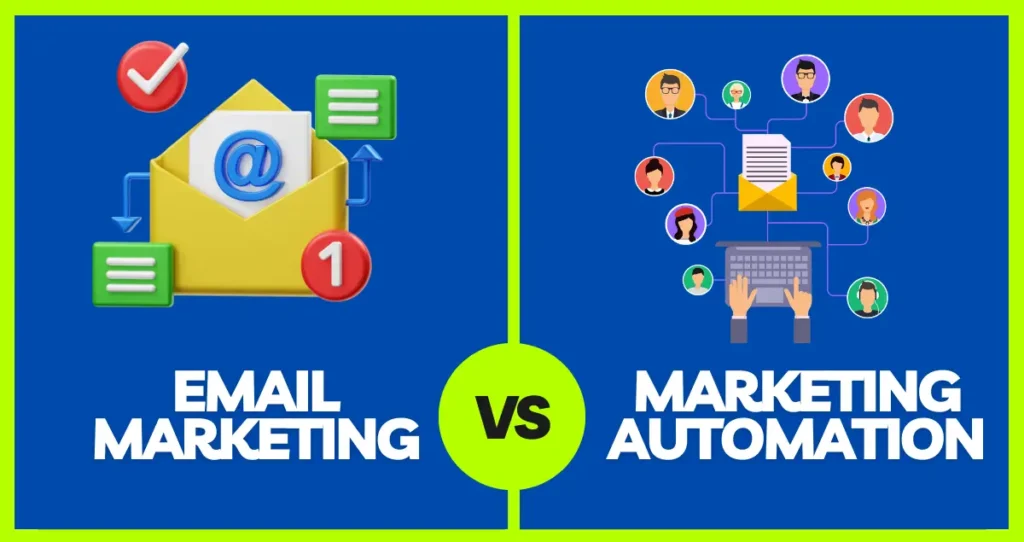
Media buying is the process that takes a media plan and turns it into a tangible campaign, ensuring your ads reach the right audience at the right time. Whether you’re dealing with traditional platforms like TV and radio or modern digital channels like Google Ads and social media, mastering the media buying process is key to maximizing your ad spend and meeting your marketing goals.
Useful Resource: Download Free PDF Guide
Here’s a detailed breakdown of the 12 steps of the media buying process
1. Review the Media Plan
The first step in media buying is to review the media plan, which serves as the foundation for all buying activities. A thorough review ensures that all the details align with the campaign’s objectives. Verify if the plan is signed off by all stakeholders, check budgets, timelines, and KPIs, and confirm that the goals for reach, frequency, and cost efficiency are clear. If there are gaps or inconsistencies, address them before proceeding.
2. Develop the Media Buying Strategy
Once the media plan is in place, the next step is to craft a media buying strategy. This involves determining how to allocate resources across different media channels to achieve the best results. For instance, a campaign targeting millennials might focus heavily on social media, while a B2B campaign could prioritize LinkedIn or trade publications. Collaboration with the planning team at this stage ensures alignment on goals and tactics.
3. Conduct Media Research
Effective media buying relies on data-driven decision-making. Conduct thorough media research to identify the best platforms, programs, and publishers for your campaign. Utilize tools like Nielsen, Comscore, or Similarweb for traditional and digital channels to gather insights about audience demographics, reach, and pricing. For digital campaigns, explore programmatic advertising platforms and tools like Google Ads or The Trade Desk for detailed targeting options.
Check: The Software Media Buying Virtual Assistant Use?
4. Send Requests for Proposals (RFPs)
After narrowing down your media options, send out Requests for Proposals (RFPs) to vendors. An RFP outlines your campaign requirements, such as target audience, budget, and timeline, and asks vendors to provide information on pricing, inventory availability, and creative specifications. Keep your RFPs focused and specific to avoid receiving irrelevant or overly broad responses.
5. Evaluate Proposals and Negotiate Terms
Once the proposals are in, carefully evaluate them based on factors like cost, audience alignment, and inventory availability. Negotiate with vendors to secure the best pricing and terms, such as added-value placements or extended campaign durations. In digital advertising, where programmatic auctions are common, this step might involve setting bid caps or leveraging real-time bidding strategies.
6. Finalize the Media Buying Schedule
After deciding which vendors to work with, finalize your media buying schedule. This includes confirming the start and end dates for each placement, as well as specific details like dayparting (for TV or radio) or audience targeting parameters (for digital campaigns). Ensure that all elements align with the broader campaign timeline and objectives.
7. Prepare Insertion Orders (IOs)
An insertion order (IO) is a formal agreement between you and the vendor that outlines the specifics of the media buy. It includes details like ad placement, pricing, campaign duration, and terms and conditions. Preparing accurate IOs is crucial to avoid miscommunication and ensure all parties are on the same page.
8. Send Insertion Orders and Confirm Approvals
Once the IOs are prepared, send them to the vendors for review and signature. This step is essential to confirm that the vendor agrees to the terms outlined in the IO. Use tools like DocuSign or Adobe Sign to streamline the approval process and maintain a clear audit trail for all transactions.
9. Implement Advertisements
With approvals in place, it’s time to implement your ads. This involves delivering creative assets to vendors, setting up placements in ad platforms, and ensuring that all specifications are met. For traditional media, this might involve sending high-resolution files to TV stations or print publications. In digital campaigns, it requires configuring campaigns on platforms like Facebook Ads Manager or Google Ads.
10. Track Media Performance
Tracking performance is a critical part of the media buying process. Use analytics tools to monitor metrics like impressions, clicks, conversions, and ROI in real time. For digital campaigns, platforms like Google Analytics or Tableau can help visualize data and identify trends. Regularly compare actual performance against planned goals to assess whether adjustments are needed.
Quick Comparison: CRM Vs Marketing Automation
11. Reconcile Media Vendor Bills
As invoices from vendors start coming in, reconcile them with the details in the IOs and campaign reports. Verify that the delivered placements match what was agreed upon, check for discrepancies in pricing, and confirm that the ads ran as scheduled. Efficient reconciliation ensures that you only pay for what you received and prevents budget overruns.
12. Generate Campaign Reports
The final step is to compile a comprehensive campaign report that details performance outcomes, insights, and key learnings. Include metrics like reach, frequency, conversions, and overall ROI. Campaign reports are invaluable for evaluating the success of the media buy and identifying areas for improvement in future campaigns.
The Changing Face of Media Buying
While the steps outlined above reflect a traditional approach, it’s worth noting that media buying has evolved significantly with the rise of digital advertising. Programmatic buying, AI-driven optimization, and integrated media planning are just a few examples of how technology has streamlined and reshaped the process.
For modern media buyers, staying adaptable and leveraging advanced tools is key to navigating this dynamic landscape. Whether you’re working with traditional channels or cutting-edge digital platforms, following these 12 steps will ensure a well-structured and successful media buying process.







